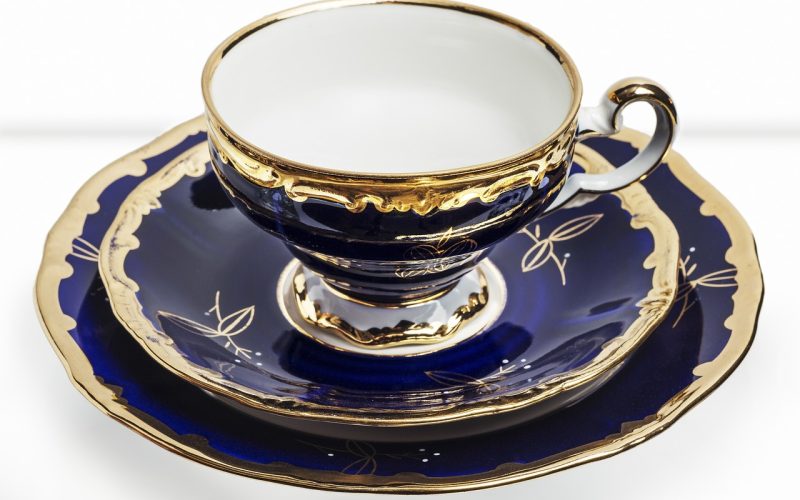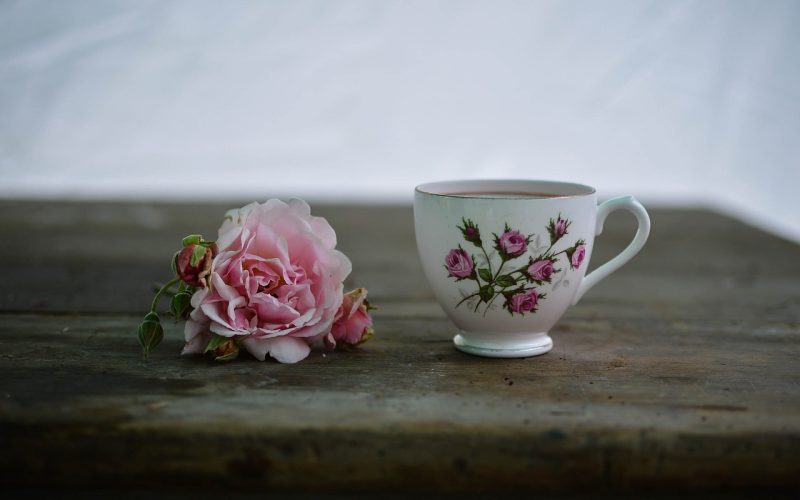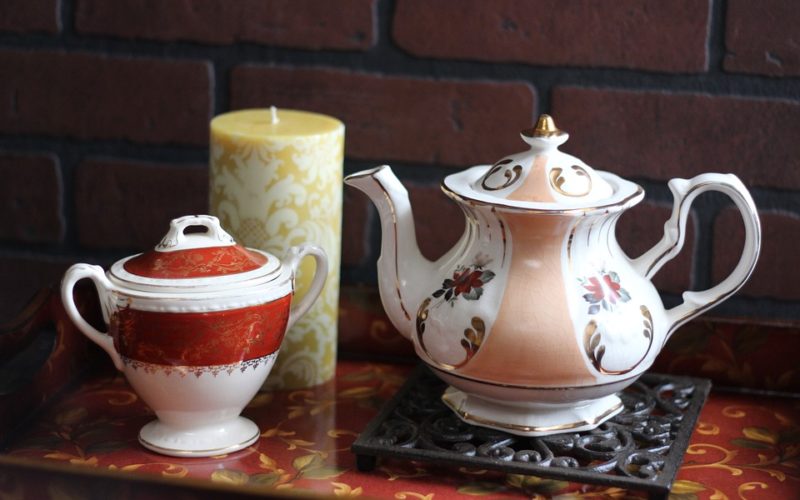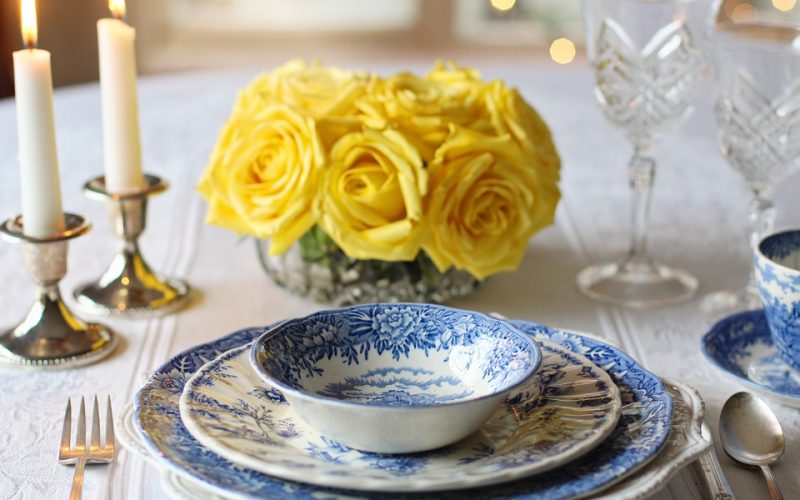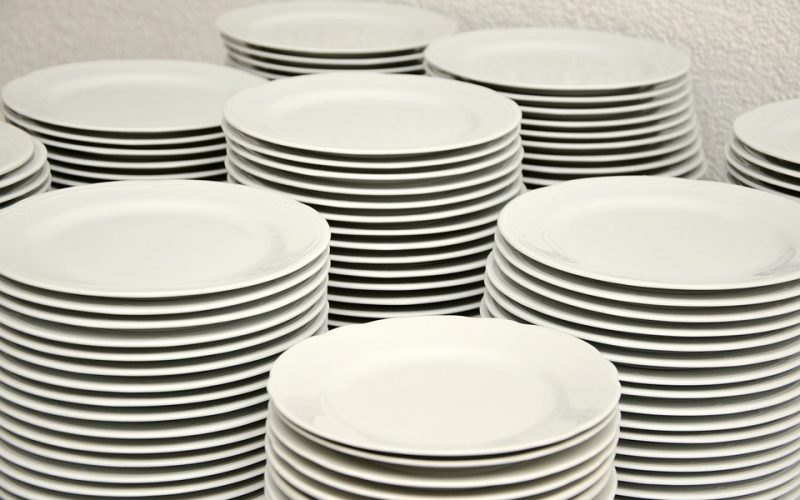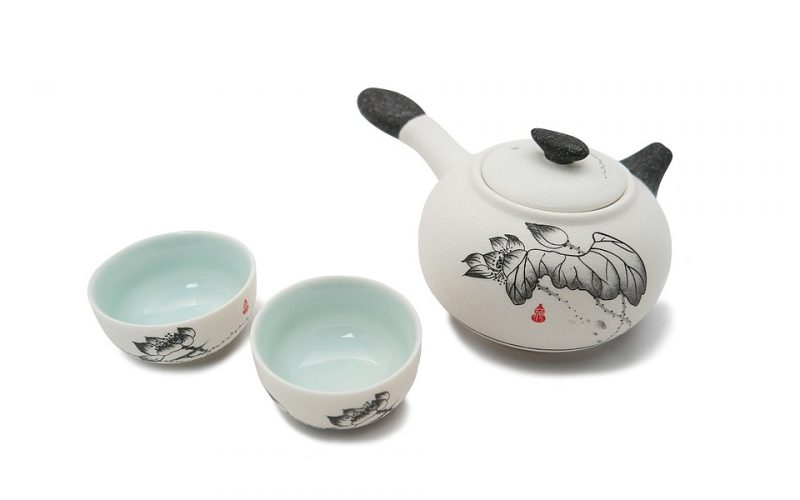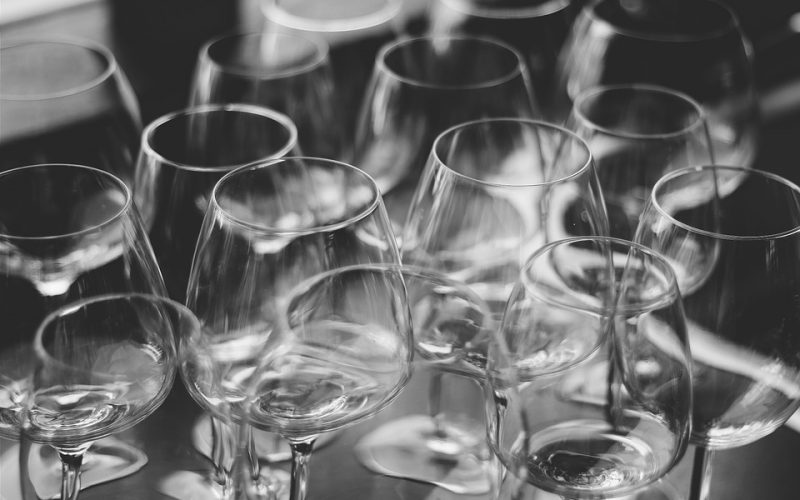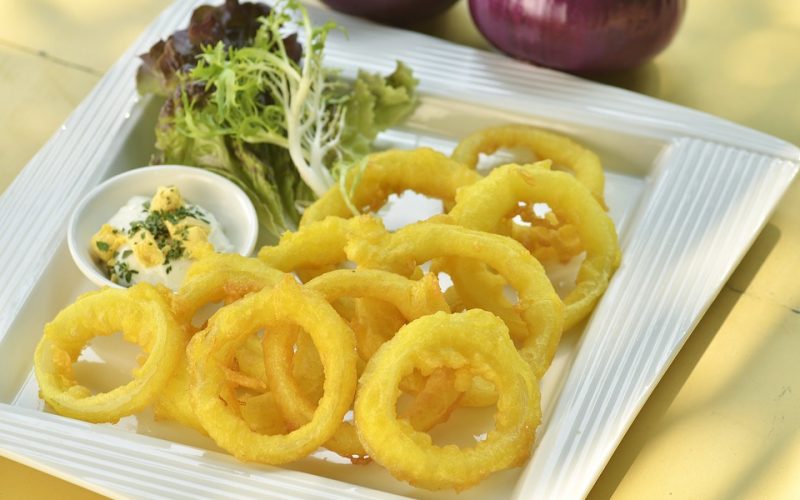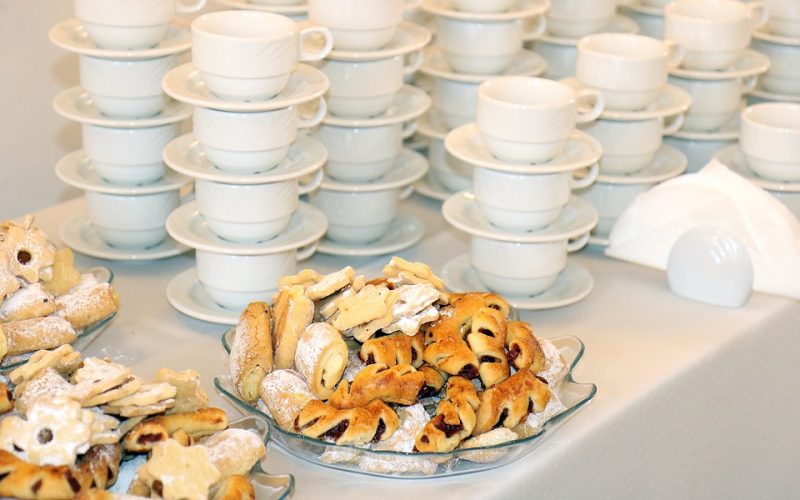New Articles
The manufacture of bone china is a highly skilled craft. First developed in Britain, the majority of manufacturers producing what is considered to be collectable bone china are, not surprisingly, British. Each manufacturer has created a mark that makes their items recognisable. The marks are often referred to as backstamps. Not only can backstamps determine where the porcelain was made, they are also used to date an item.
Individual and unique crests or emblems are used to label the bone china and are similar to the way that gold and silver is hallmarked. Names, such as Royal Worcester, are often included in the backstamps, but more often than not, the use of initials or abbreviations are used. A very extensive knowledge of backstamps is needed to identify many of the late 18th century manufacturers who, rather confusingly, were not consistent with the use of their crests.
Backstamps typically include word or phrases, registry numbers and various other symbols. The inclusion of registry numbers dates back to around 1884. The number is usually printed with the abbreviation 'Rd' as a suffix and refer to the year a particular design was registered in a public record office. The font used for backstamps can be very elaborate and incredibly beautiful. The crown is very popular on British bone china and often includes a motif of a bird or other creature.
A list of backstamps can be found in various registers such as Kovel's Antiques Searchable Pottery Marks. These are particularly useful for novices and experts alike to help value items of bone china.
Useful Posts
- Coloring Pottery Pieces
- Recreating Ancient Art
- Pottery Is A Relaxing Hobby
- Ancient Clay Art
- Ceramic Floor Tiles For Homes
- The Comeback of Mid-Century Modern
- The Art of Learning About Art
- What are the Benefits of Owning Bone China?
- Choosing a Pattern for Plates
- Decorative Ceramic Bowls
- Experiencing the Pottery Wheel
- Keeping Your Teapots in Tip Top Shape
